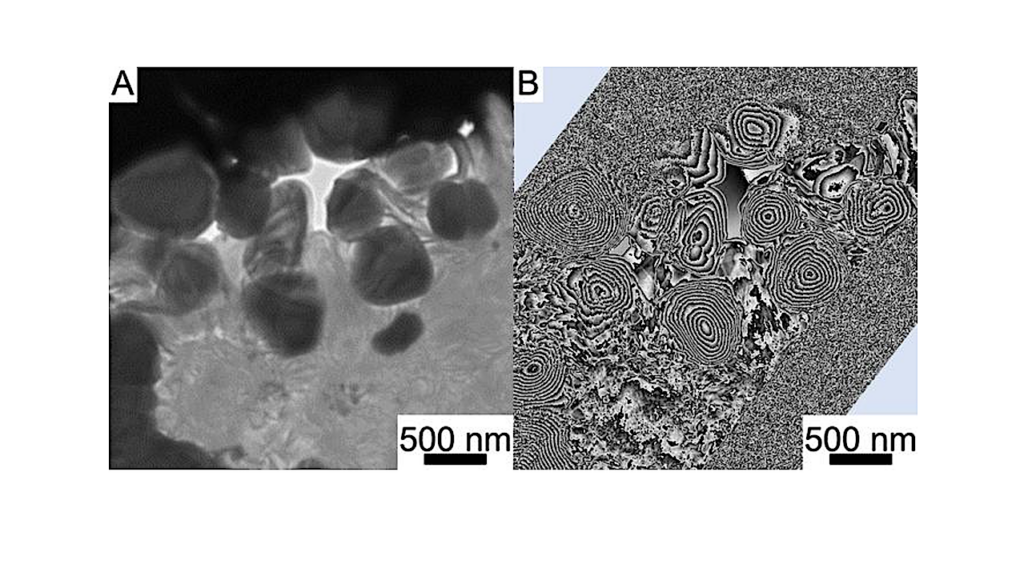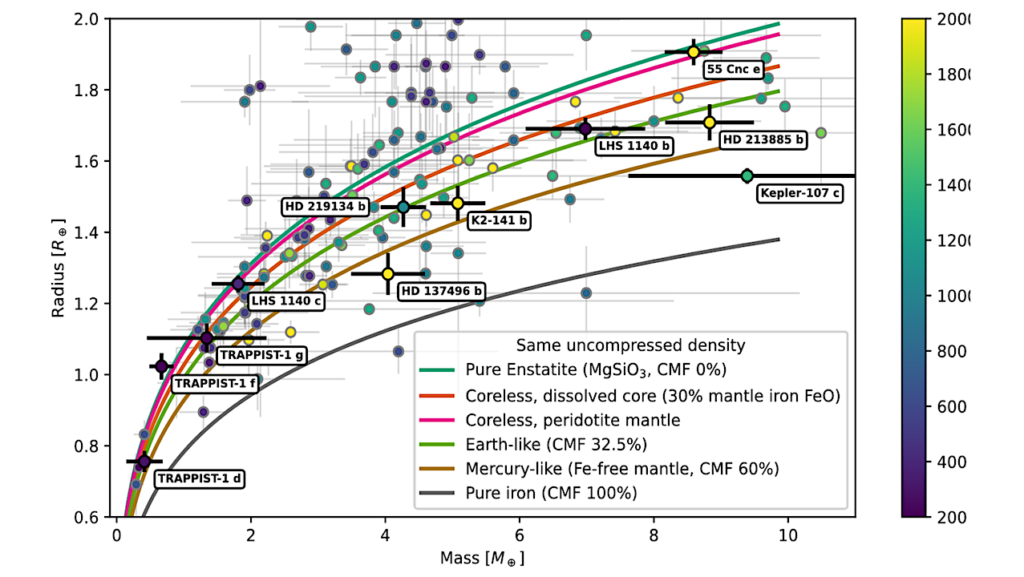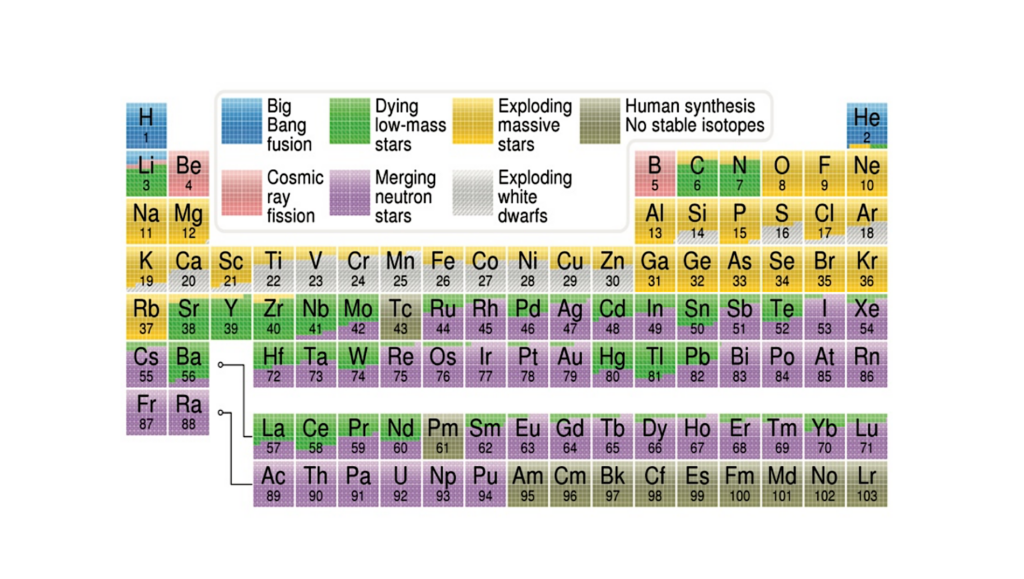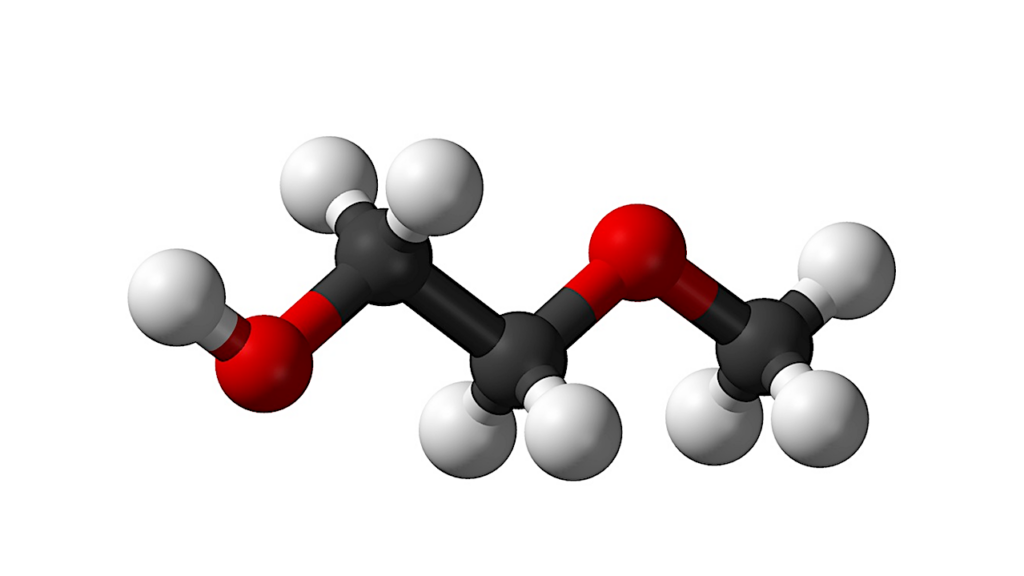Infrared Spectroscopy of RNA Nucleosides in a Wide Range of Temperatures

The RNA world hypothesis suggests that early cellular ancestors relied solely on RNA molecules for both genetic information storage and cellular functions. RNA, composed of four nucleosides—adenosine, guanosine, cytidine, and uridine—forms the basis of this theory.
These nucleosides consist of purine nucleobases, adenine and guanine, and pyrimidine nucleobases, cytosine and uracil, bonded to ribose sugar. Notably, carbonaceous chondrite meteorites have revealed the presence of these bases and sugar, hinting at the potential existence of nucleosides in space.
This study aims to present the infrared spectra of four RNA nucleosides commonly found in terrestrial biochemistry, facilitating their detection in space, especially in astrobiological and astrochemical contexts. Laboratory measurements involved obtaining mid- and far-IR spectra at three temperatures (−180 °C, room temperature, and +180 °C), followed by calculating molar extinction coefficients (ε) and integrated molar absorptivities (ψ) for corresponding bands.
These spectral data, along with ε and ψ values, serve to provide quantitative insights into the presence and relative abundance of nucleosides in space and aid in their detection.
Infrared Spectroscopy of RNA Nucleosides in a Wide Range of Temperatures
Susana Iglesias-Groth, Franco Cataldo and Martina Marin-Dobrincic
Life 2024, 14(4), 436; DOI: 10.3390/life14040436 (open access)
Astrobiology,








